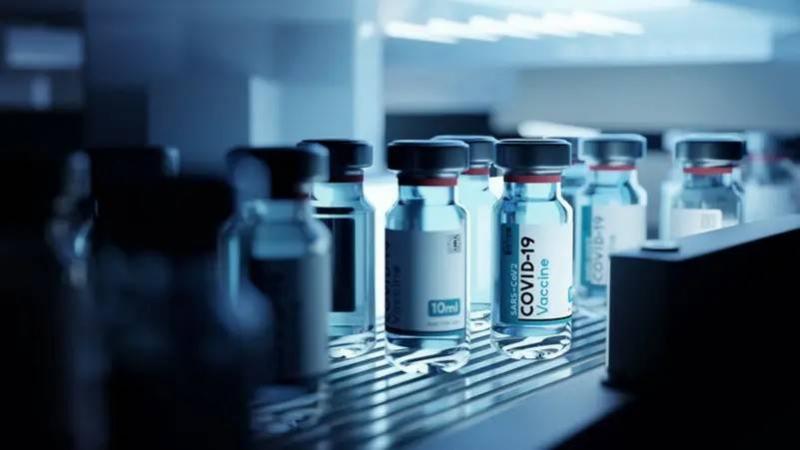Scientists have created a vaccine capable of providing protection against a wide range of coronaviruses, including strains that have not yet been identified. The experimental dose, which has been tested on mice, represents a shift in strategy towards "preemptive vaccinology," where vaccines are designed and prepared for manufacture before a potentially pandemic virus emerges.
The vaccine was developed by linking harmless proteins from various coronaviruses to small nanoparticles, which are then injected to prepare the body's defenses against potential viral invasions. Since the vaccine trains the immune system to target proteins common to many different coronavirus types, the protection it offers is extensive, making it effective against both known and unknown viruses within the same family, according to a report by "The Guardian."
Additionally, tests conducted on mice demonstrated that the vaccine induced a broad immune response to coronaviruses, including SARS-CoV-1, the pathogen responsible for the SARS outbreak in 2003, even though proteins from this virus were not included in the vaccine's nanoparticles.
Rory Hills, a graduate researcher at the University of Cambridge and the report's lead author, stated, "We have shown that a relatively simple vaccine can still provide a broad response across a range of different viruses." He added that this "takes us one step closer to our goal of producing vaccines before a pandemic begins."
Hills also noted that a global coronavirus vaccine could be manufactured using existing microbial fermentation facilities and that researchers are collaborating with industrial partners to find ways to scale up the production process. The nanoparticles and viral proteins can be produced at different times and locations and combined to create the vaccine.
Currently, regulatory bodies do not have specific procedures for preemptive vaccines, and researchers assert that these procedures must be agreed upon with relevant authorities. If the vaccine is found to be safe and effective in humans, one option would be to use it as a booster for COVID-19, with the added benefit of protection against other coronaviruses.




